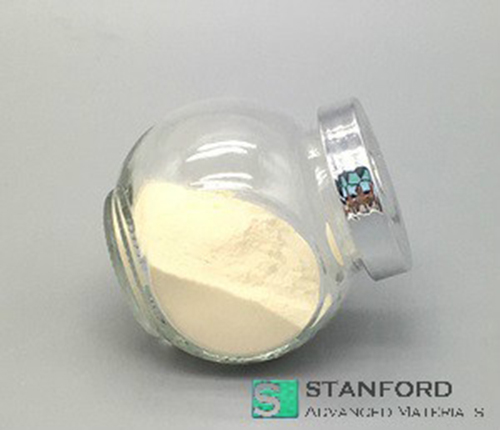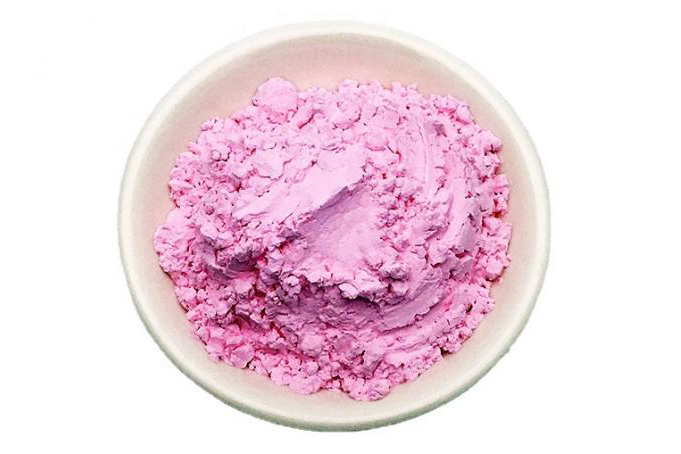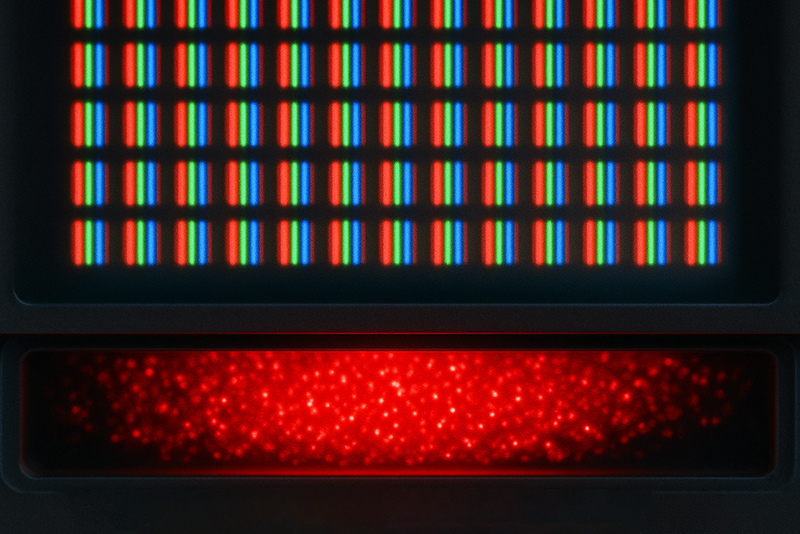Holmium(III) fluoride, HoF₃, is a chemical compound made up of holmium and fluorine. It has a yellowish color and an unusual crystal form. Though little known beyond professional or technical communities, it has many positive attributes. In short, this material has found its way into several common uses due to the unusual nature of holmium, a rare-earth metal.
Holmium(III) fluoride is an inorganic compound. Holmium is a soft, silvery-white lanthanide metal. It exists naturally in minerals such as gadolinite and monazite. It is created when the holmium metal is brought into contact with fluorine. A yellow powder is formed that is insoluble in water and is made within an orthorhombic crystal form at room temperature.
Holmium(III) fluoride earns its value due to its dense and consistent physical properties. These are a few among many examples in specific:
Medical and Industrial Lasers: Holmium-doped lasers, which emit at about a two-micron wavelength, are typically used. In medicine, they are used in urologic surgeries for the treatment of kidney stones, as well as in orthopedic surgeries for joint and bone operations. The lasers ensure precise delivery of energy in sensitive areas of the body.
Fiber-Optics Applications: The light wavelength emitted by Holmium-based lasers finds practical applications in some fiber-optic systems. This is useful in telecommunications and some other applications where light signals have to be manipulated.
Coloring of Glass and Ceramics: Holmium(III) fluoride, when mixed with holmium oxide, can cause yellow or red coloring. It is utilized by artists and technicians to color glass and cubic zirconia using this method. It is also utilized as a steady point of reference during the setting up of optical apparatus like spectrophotometers.
Research in Optics and Material Science: Researchers prefer to conduct experiments with this compound to verify its optical and magnetic properties. For instance, holmium ions mixed with certain organic chemicals are capable of emitting light at a specific infrared wavelength. Such findings have led to suggestions for the fabrication of thin-film material in electronics and allied fields.
Phosphor Applications: Holmium(III) fluoride is also used as a component in phosphors. These materials glow upon contact with radiation and are used in numerous display and lighting technologies.
Metal Production: One common way of obtaining pure holmium metal is through the reduction of Holmium(III) fluoride by calcium. The process is applicable for the manufacture of holmium for other high-tech applications.
The production process begins with the refining of holmium from naturally occurring minerals. The metal is purified and processed to its fluoride form. One critical procedure in the process is the use of ion exchange to purify holmium from other rare earth elements. The compound is then purified and dried carefully to form the yellowish powder. Finally, in a bid to recover the metal itself when needed, Holmium(III) fluoride is thermally reduced using calcium. Controlled conditions are necessary for this process in a bid to produce a high-purity resulting metal.
Any chemical compound requires careful handling from a safety perspective. Though Holmium(III) fluoride is of practical application, it must be handled safely:
Safety Gears: Wear gloves and goggles whenever you are handling the material. This prevents accidental contact with the skin or eyes.
Dust and Fumes: The material is in powder form, and hence care must be exercised not to inhale the dust. This can be regulated by working in a well-ventilated place.
First Aid: On accidental contact, rinse the eyes or affected part of the body with plenty of water for a few minutes. Always do as per the safety data sheet guidelines.
Storage: Keep the compound in a clean, dry condition away from incompatible materials. This maintains its quality and prevents unwanted reactions.
Holmium(III) fluoride is more than a chemical term. Its habitual properties make it a necessary component in several industries. Ranging from medical lasers to optical equipment and even in the production of rare holmium metal, this compound shows habitual performance. The simple, solid process to manufacture and use it makes Holmium(III) fluoride an accepted choice for professionals in industries such as medical technology, fiber optics, ceramics, and so on.
For high-quality Holmium(III) Fluoride and other advanced rare earth materials, look at the Stanford Materials Corporation (SMC) products.
Eric Loewen
Eric Loewen graduated from the University of Illinois studying applied chemistry. His educational background gives him a broad base from which to approach many topics. He has been working with topics about advanced materials for over 5 years at Stanford Materials Corporation (SMC). His main purpose in writing these articles is to provide a free, yet quality resource for readers. He welcomes feedback on typos, errors, or differences in opinion that readers come across.

 Inquiry List
Inquiry List



